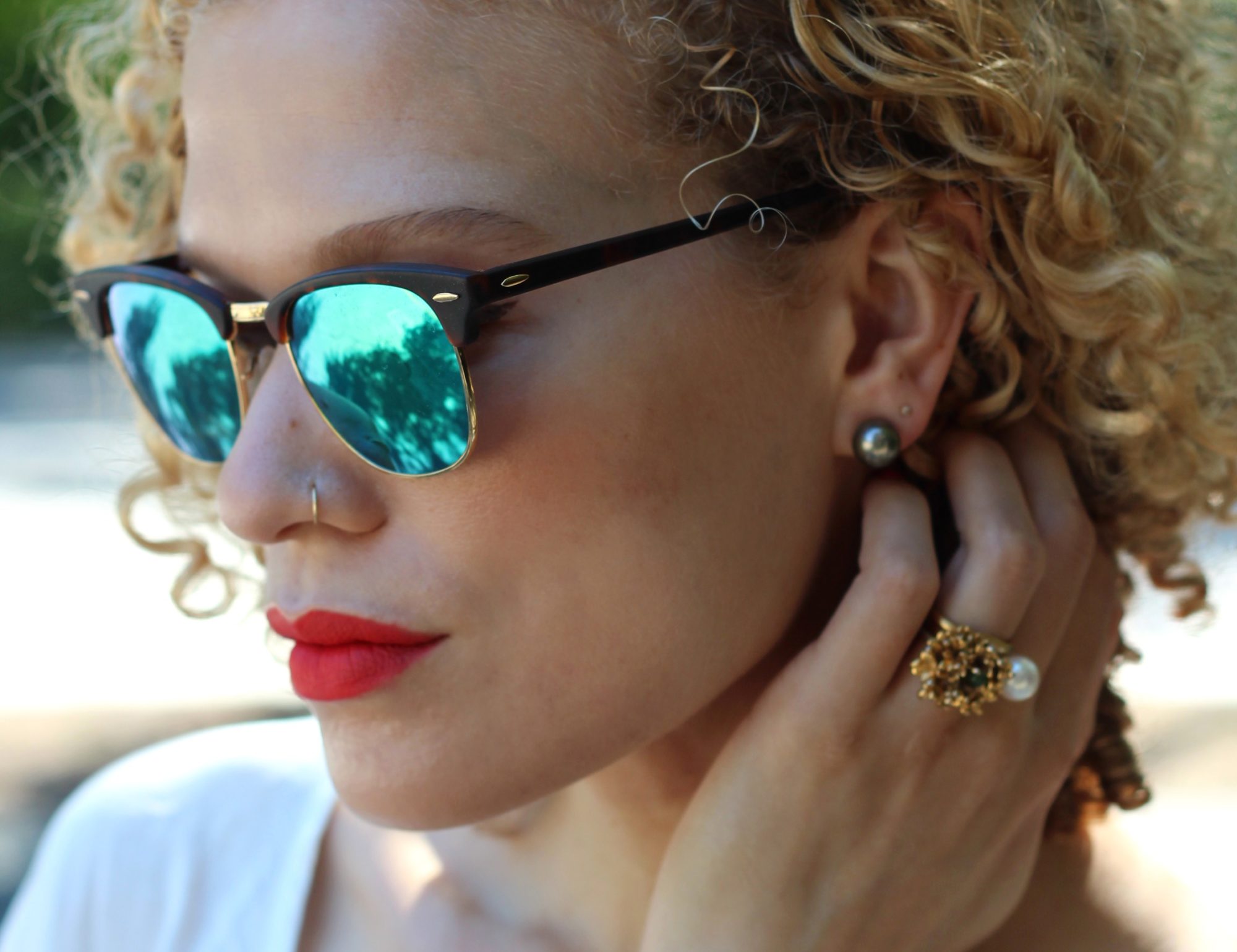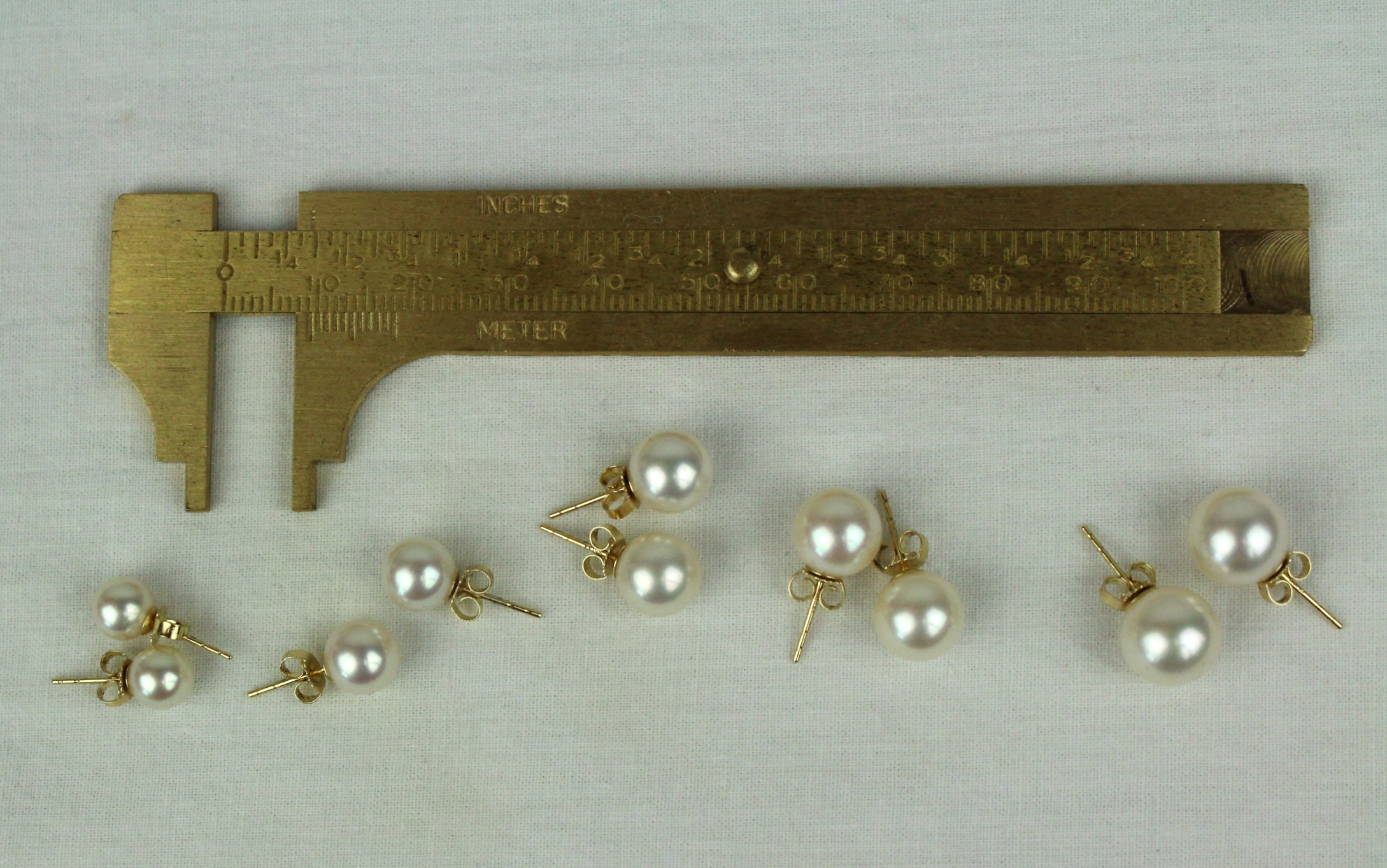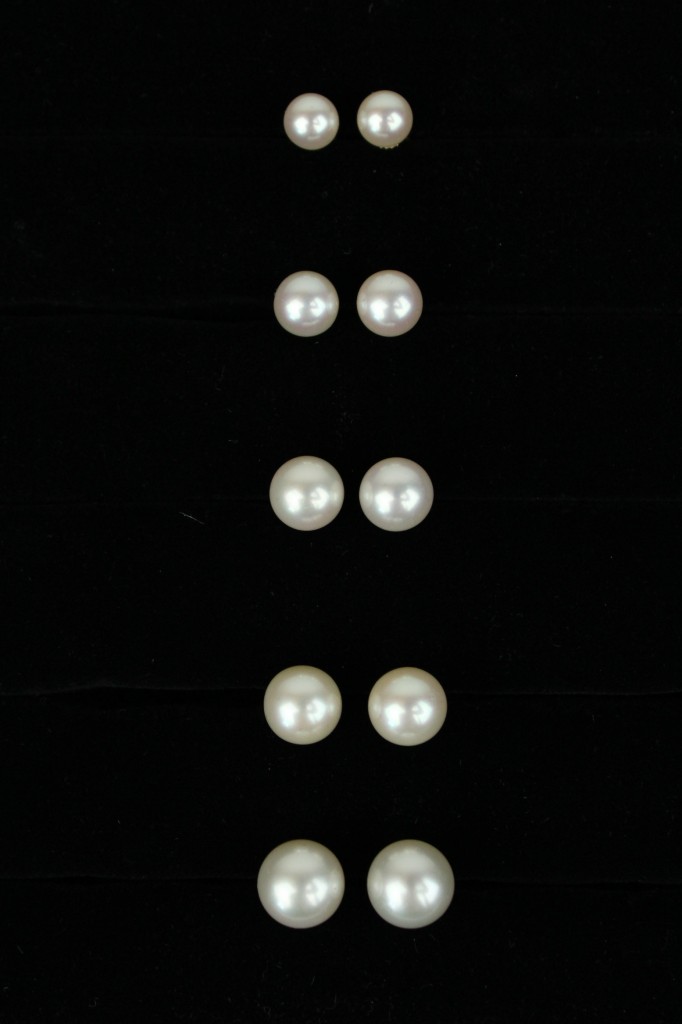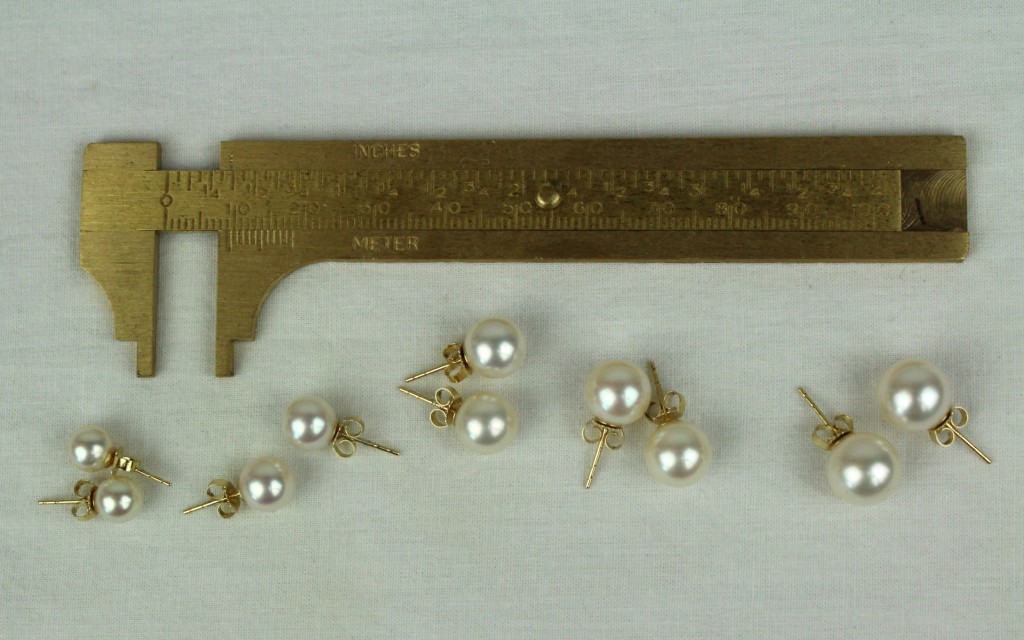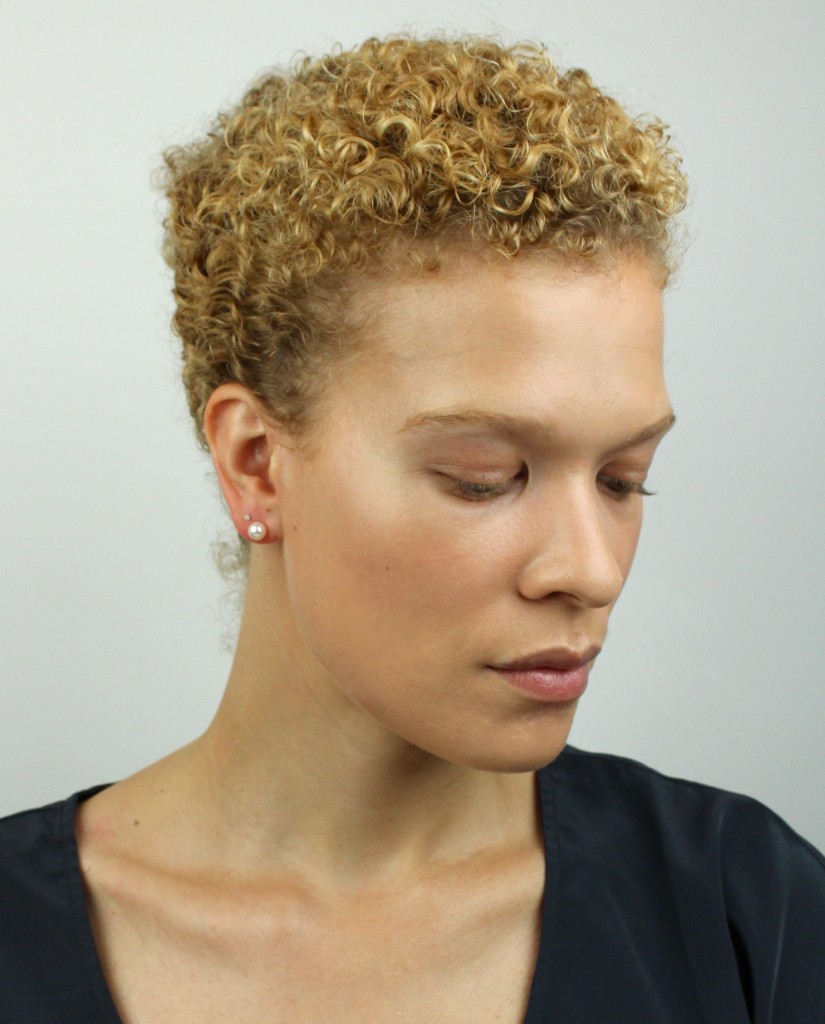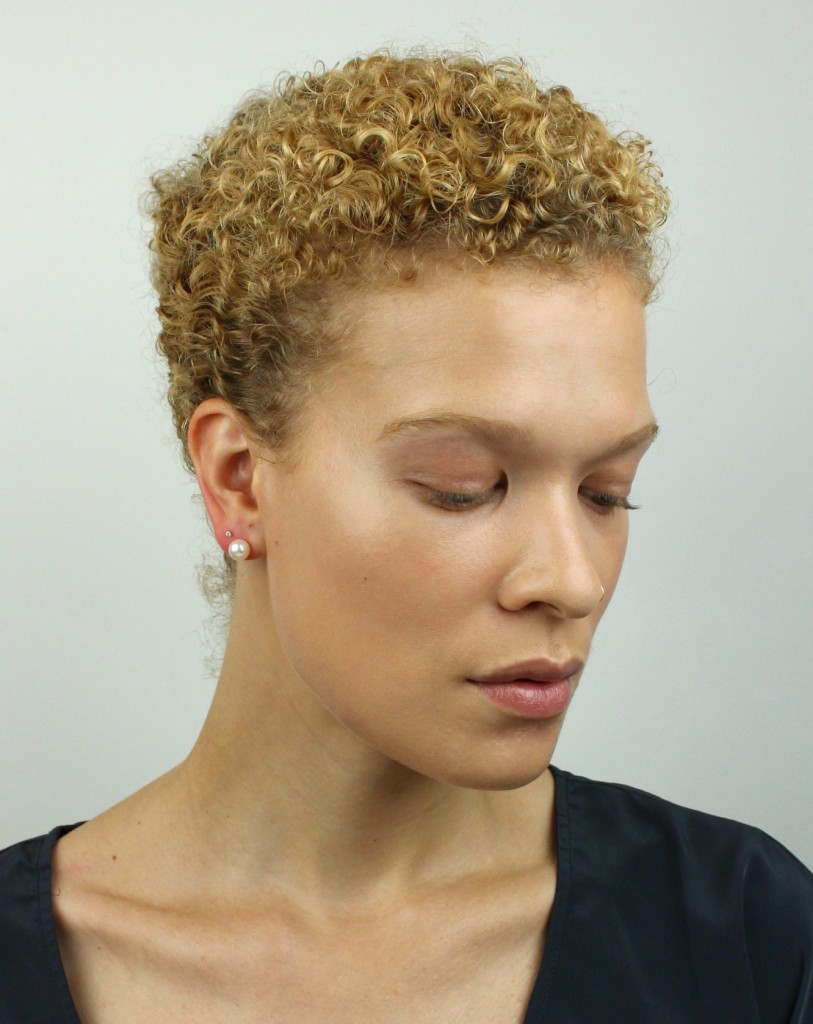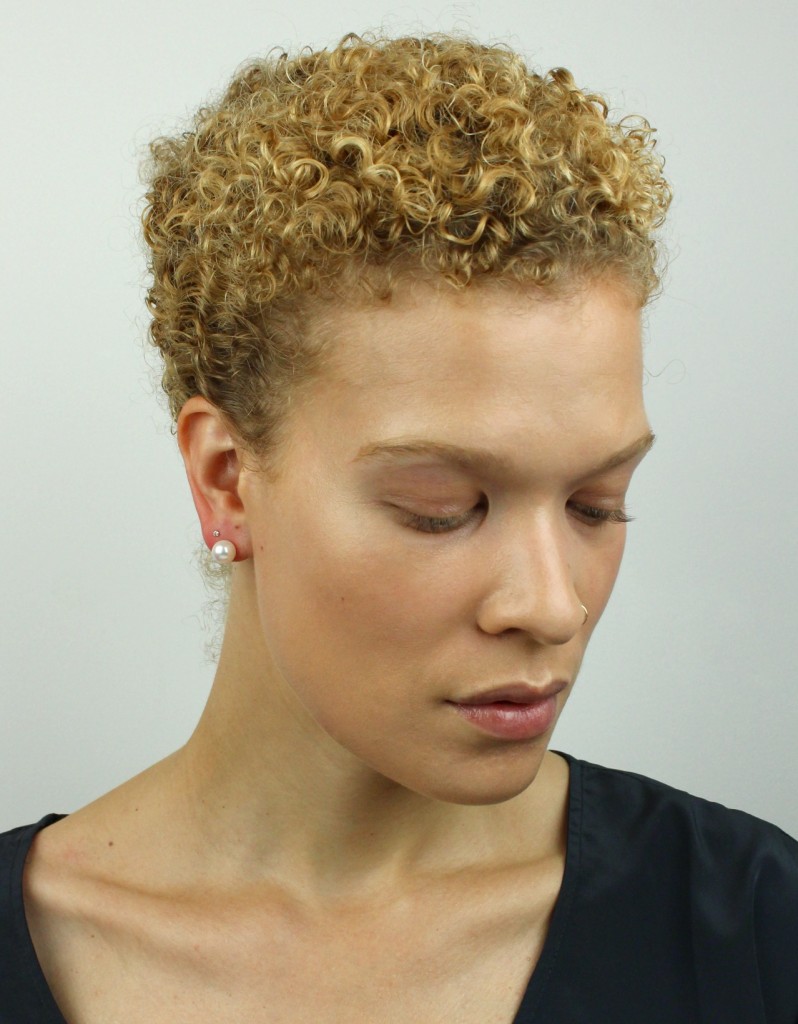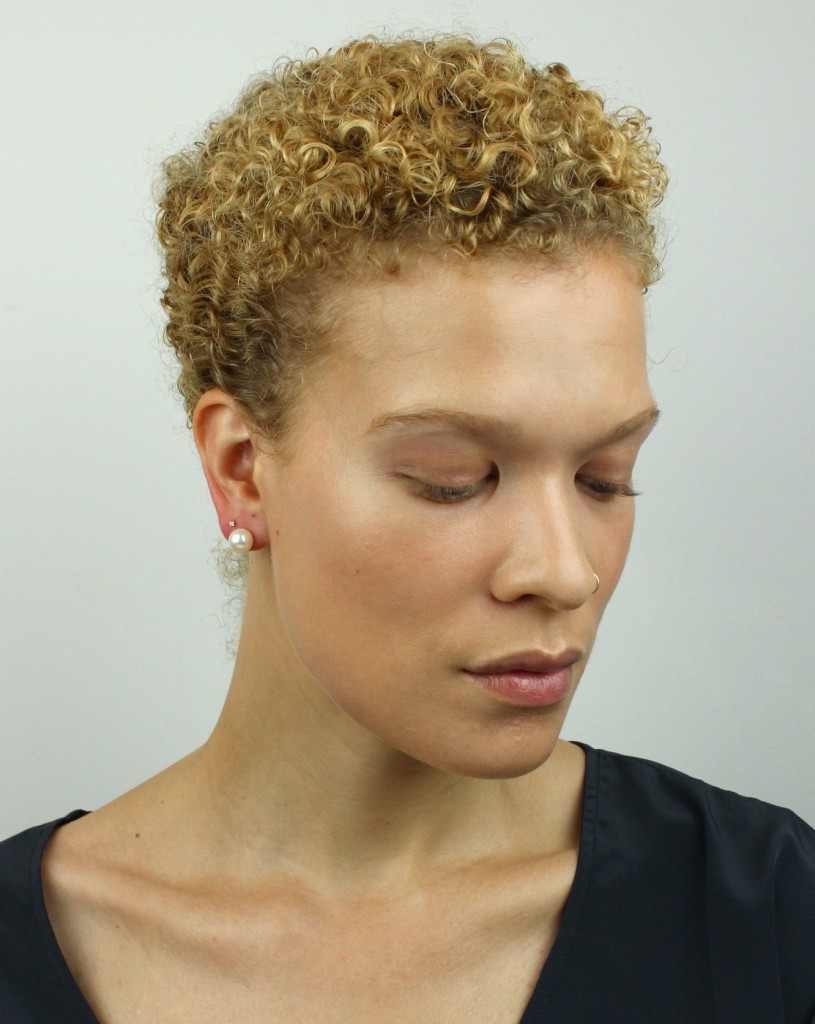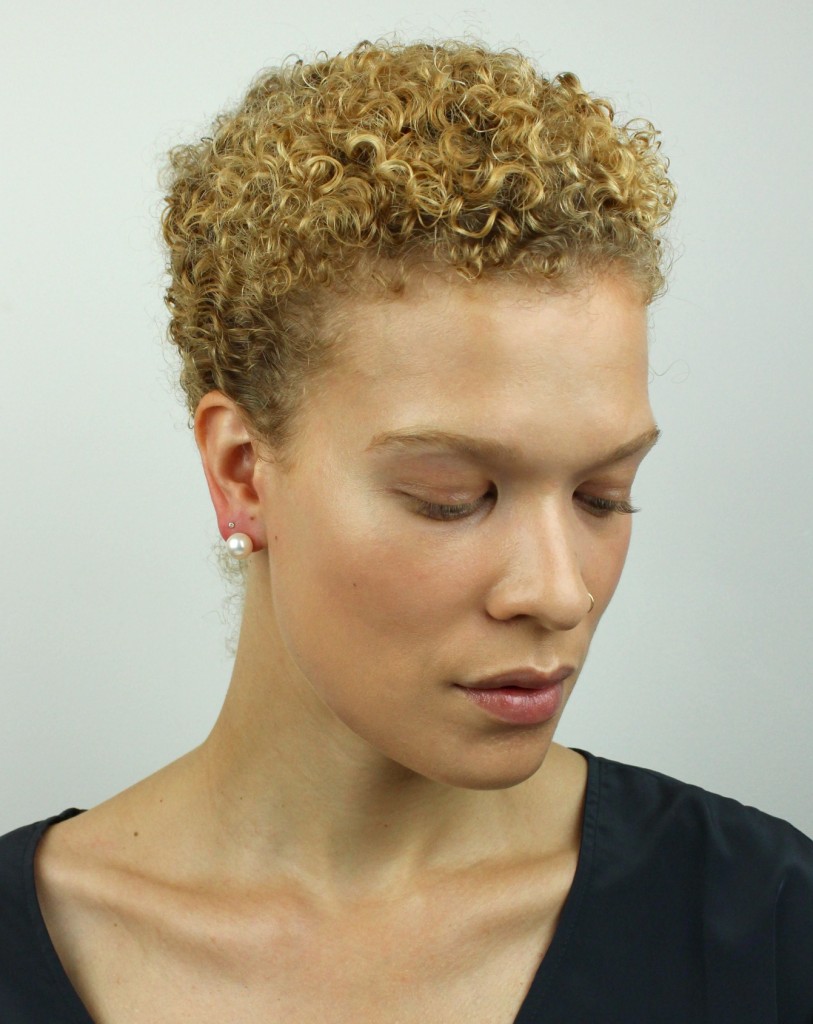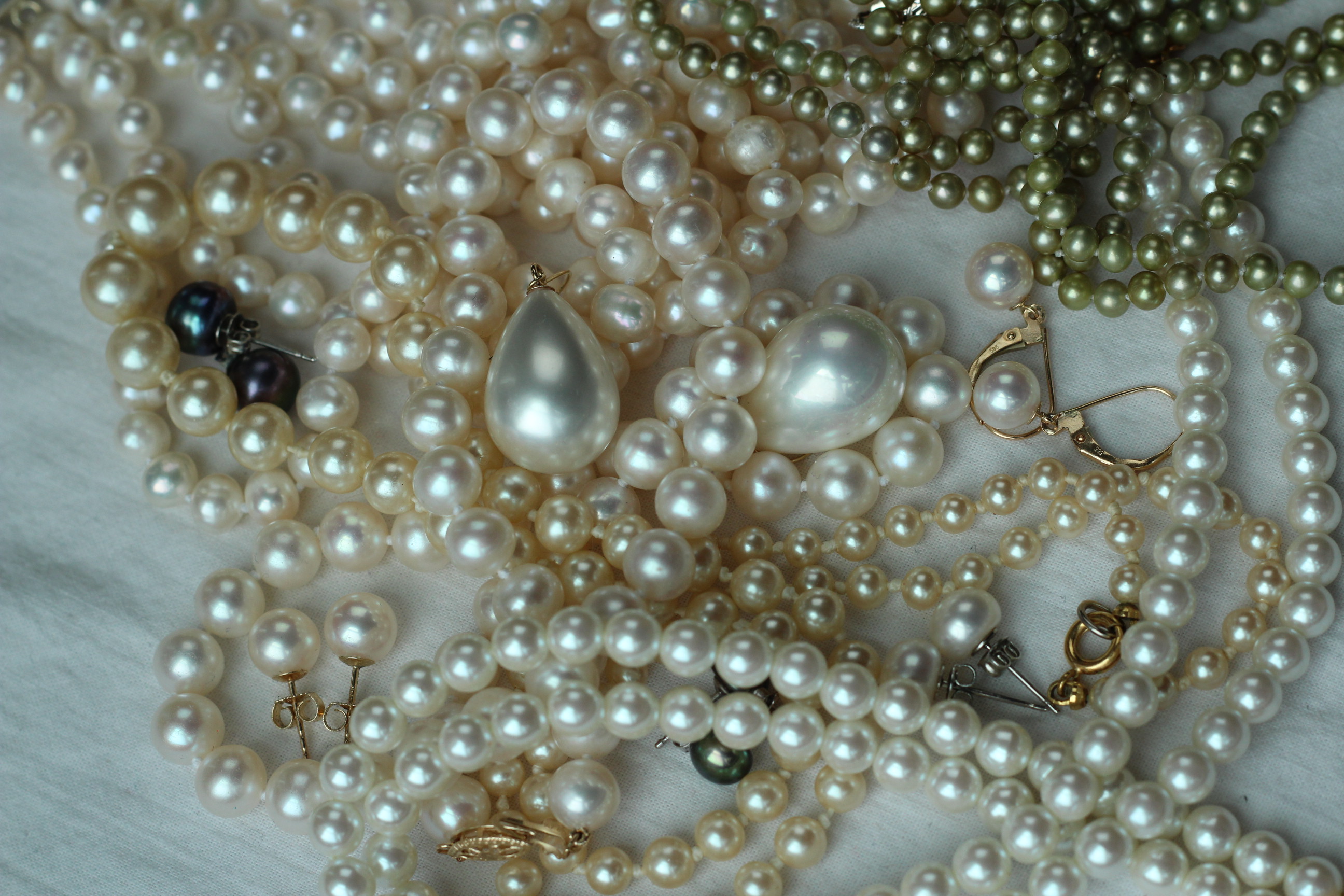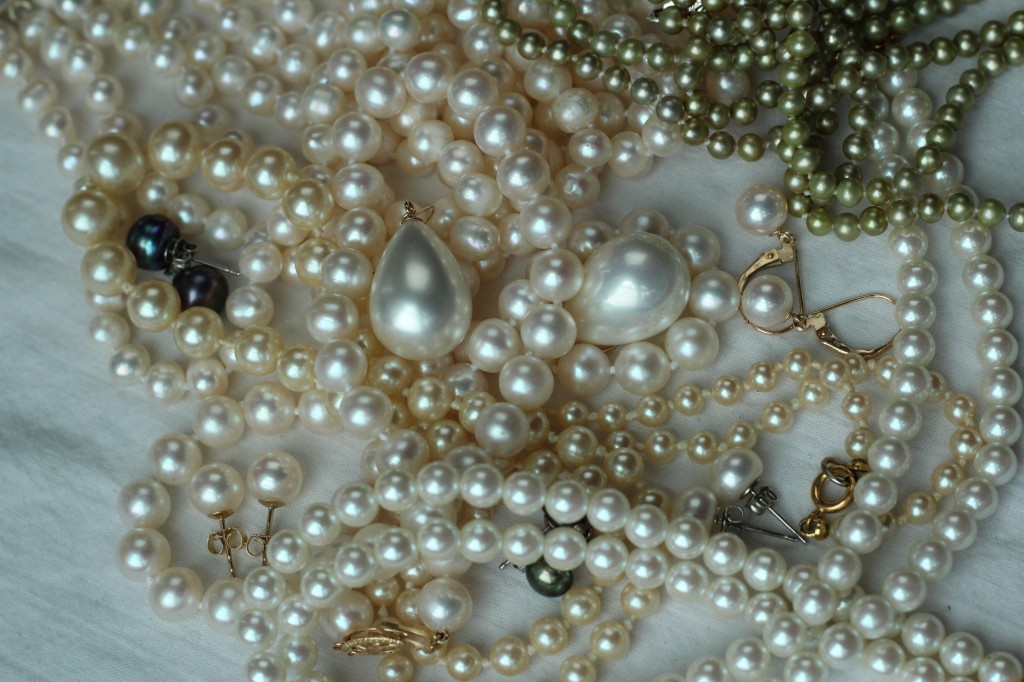*The pearls featured in this post were provided courtesy of Pearls of Joy. Many thanks to Kevin at Pearls of Joy for making this project possible. Shout out to Pearl-Guide!
The Backstory
When I first began to look into high quality pearls, I did a lot of research (really over a year of research) before I bought anything at all. Part of this research was learning about the nature of pearls and the pearl industry, what kind of pearls appealed to me and where to get the best value*, and part of it was determining what sizes I wanted.
*I’ve written about this part of the process already.
A necklace in what size? What length? 7mm studs? 8mm studs? What would those look like on me?
1mm seems like a small distance but the human head is not that large. Imagine if your eyes were 1mm larger or smaller? If your mouth were 1mm wider? These are the minute variations that create an endless number of entirely unique faces. Proportions matter; you can see the difference and that difference yields an effect. There is also a distinct difference in price from one size to another, and this too gets factored into the baroque equations I use to determine what I want.
What I really wanted was a size guide, pictures of each mm range on a model. Looking at a ruler or a true-scale diagram is better than nothing but the leap of imagination required to accurately superimpose that diagram onto yourself is great, it is no substitute for a model (just as a model is no substitute for trying something on yourself – all of these things depend on the size of your face, of your ears, and who knows what else). Thus began the basically ridiculous process of searching for images of anyone wearing pearl studs, checking to see if the size of the studs in the image was provided, and cobbling together my own guide.
I thought: someone should really make this.
Lucky for all of us, online pearl vendor Pearls of Joy approached me*, and when I mentioned my idea they were enthusiastic about partnering to make it happen. They are one of a few online pearl vendors using a relatively new direct-to-consumer model that cuts out several levels of retail mark-ups to offer extremely competitive prices. These vendors are my preferred source for classic** high quality pearls. I have also had good experiences with Pearl Paradise and The Pearl Outlet. Get on their mailing lists and wait for a holiday sale, is my advice.
**I mean classic in design and style. In a way, basic.
Here’s a nice little summary from American Pearl detailing the traditional wearers of different sizes. To sum up, the older you are, the bigger your pearls. This is partly because the older you are, in theory, the more you can afford (and, for a while, the bigger your head), and partly due to cultural ideas of what levels of ostentation are appropriate for different ages and the idea that truly large pearls (‘klonkers’) require maturity to pull them off. This tradition is not so culturally powerful as it once was but the principles still hold for me. Smaller pearls have a demure/understated and youthful effect, larger pearls a mature and sophisticated/bold effect.
Also relevant is that while I think there is absolutely a place for costume and budget jewelry (so much so!), a high quality pearl has a weight and luster, a depth, a glow that its faux and inferior counterparts simply do not.
[gorgeous, no?]
Pearls are usually sold in size ranges measured in millimeters. If you want to know exactly what you have you can get a jeweler’s gauge. Pearls of Joy sent over some beautifully matched stunners in each of the major size ranges. Even just looking at the pearls in isolation you can see what a difference that millimeter makes.
Let me just throw out here that pearls make a phenomenal gift.
On to the guide.
The Guide
Sizes link to relevant vendor item pages
The pearls shown here are gem quality freshwater pearls (the best of the best), as opposed to AAA round or AA+ button* options. One can see the difference (you don’t have to be a gemologist to notice that some pearls have a flawlessness and an especially fine luster and orient (aka ‘rainbowiness’) that sets them apart – a truly fine pearl really does seem to glow) but any of these options is lovely, it just depends on your budget and preference. If you are going to spring for AAA or gem quality anywhere, though, I think earrings are the place to do it. They are showcased in isolation and the quality can be readily appreciated, and two pristine pearls are more affordable than twenty or sixty.
*Button pearls can look quite different as they sit flat against the ear and don’t protrude as much, giving the effect of being at once less conspicuous and fatter. An 8mm button looks larger than an 8mm round to me, even though I know they are the same size (light pearls also look larger than dark pearls). All this is much in their favor, and I like button pearls a lot, too.
For reference, the tiny CZ studs I’m wearing are 2mm.
After my initial research I decided to get 8mm gem quality pearl earrings (the Pearl Paradise studs I’m always wearing), which is a good size and price for the mid-late twenties (at least, for mine). This was the size that seemed in natural proportion to my face, looking neither big nor small. Now, nearly two years later, the 9 and 10mm** sizes are really appealing to me, and appealing precisely because they are big. Truly, though, I enjoy all of these sizes, each with their own ideal contexts. I like the idea of doing a more interpretive, artistic size guide in the future, though this would be naturally created by keeping track of when I wear which sizes.
**Genuine pearls of all types have a wonderful weight to them but this can hurt when the ear can’t take it (or look strange when they start to droop), which for me is around 12mm. There are, though, patches you can put on the back of your ear to provide support (you could also cut up a band-aid), and these are a great option when you simply must wear enormous earrings.
I hope you find this useful, and good luck pearl hunting. Keep in mind that if you don’t get it right the first time around, all the vendors mentioned here have generous return policies and great customer support to help you make your choices.
Can you see why I was obsessing over this or do you think I am crazy now? What size would you choose?
